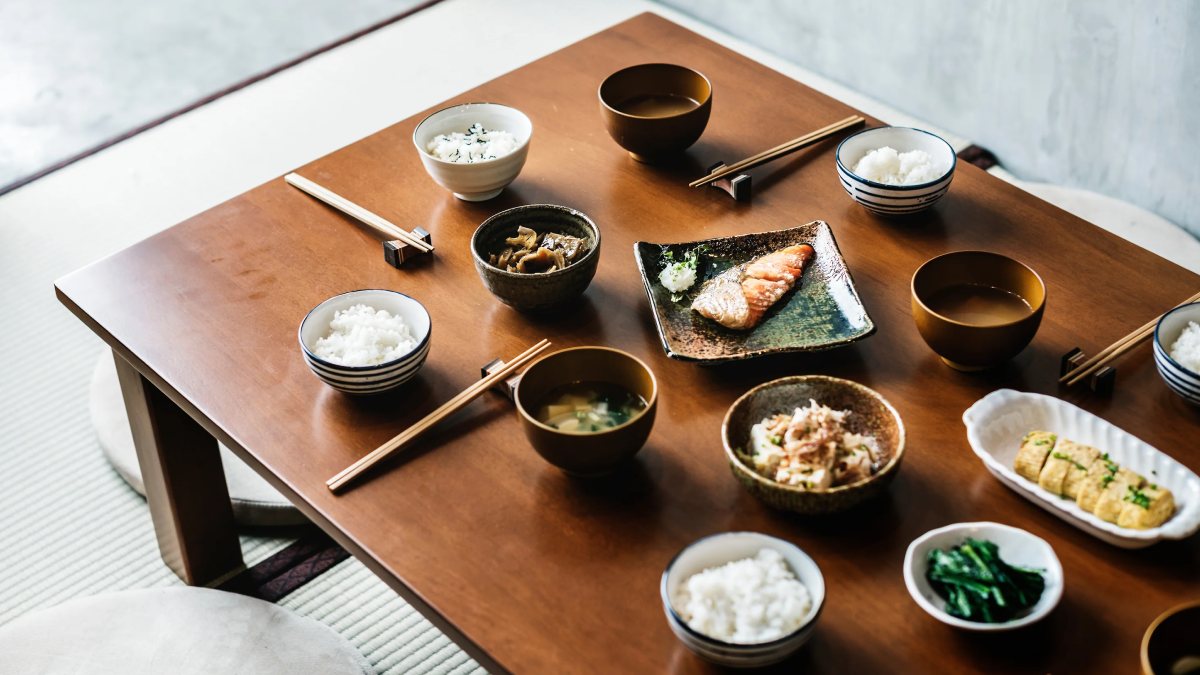Click here to read the Spanish version.
Japanese cuisine is one of the richest and most traditional cuisines in the world. In fact, it is also one of the most popular and consumed, as well as arousing much curiosity about the techniques and products used. It is clear that sushi takes all the limelight, but the Japanese recipe book could be the subject of an encyclopedia of several volumes. For the moment, we have summarized some basic concepts that you should know for the next time you go to a Japanese restaurant. Although they are not all there are, we have selected about 60 terms to make up our particular Japanese culinary dictionary, beyond sushi.
It will help you to understand everything that appears on the menu of any Japanese restaurant and maybe you will innovate by ordering something more than the traditional sushi. Take note and Itadakimasu! (Japanese expression used before each meal to show gratitude to the dishes you are going to taste).
Agar-agar
Simply agar or also known as kanten (Japanese term), it is a kind of natural and transparent gelatin obtained from a seaweed. It is very moisturizing and high in soluble fiber. In gastronomy it is usually used in pastry recipes and also in some prepared dishes, as stabilizer or thickener.
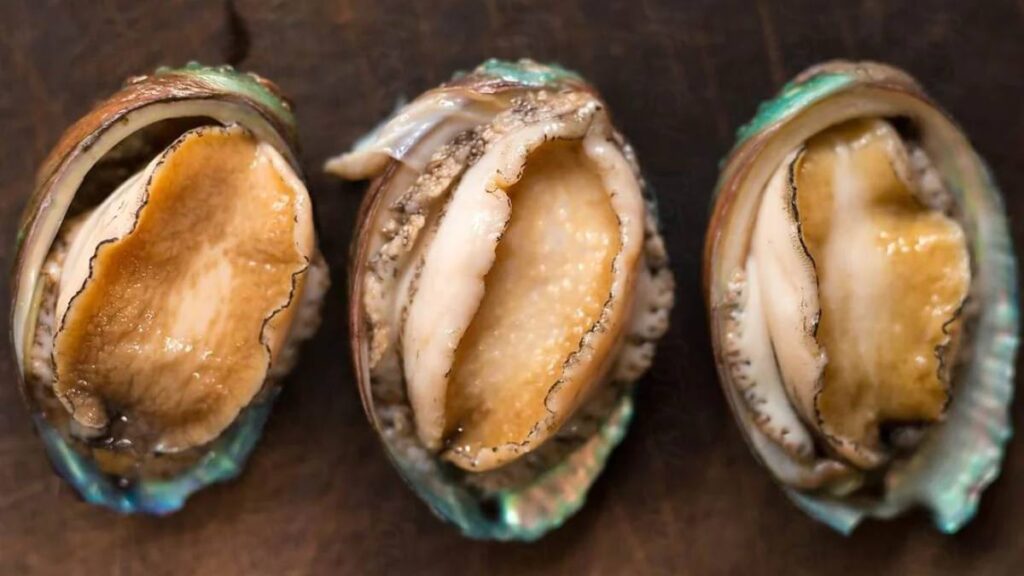
Awabi
This is what they call abalone in Japan, a mollusk that is usually used raw for sushi or sashimi. It has a mild flavor and it is recommended to serve it without accompaniment.
Bentō
It is used to refer to a ration of prepared food that is to take away. A kind of tupper in which you can include rice, fish, legumes and some fruit.
Chawan
They are small bowls or containers where rice or tea, which is the most popular drink in Japan, is served. While if it is a larger and deeper dish it is called donburi.
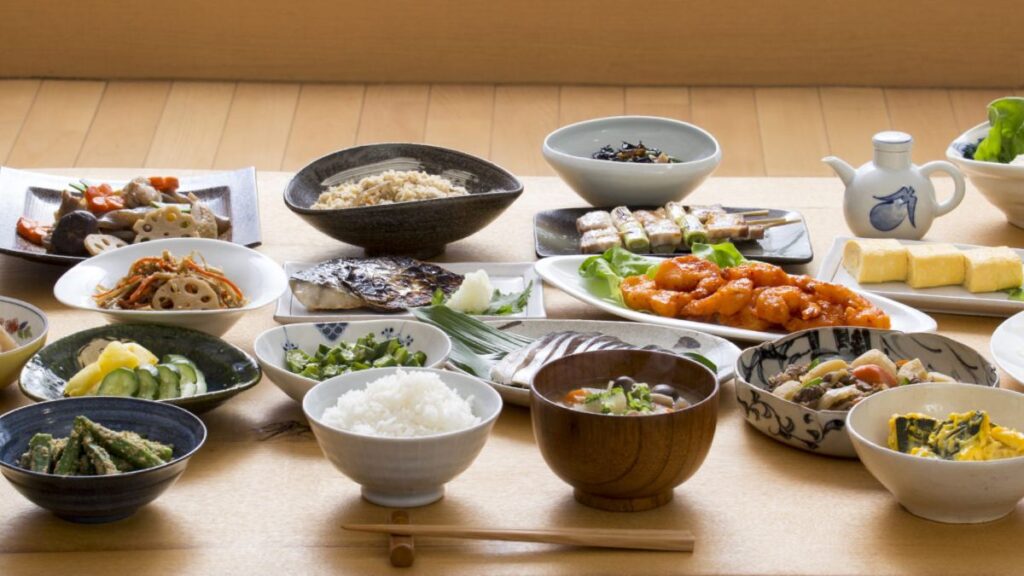
Dashi
It is a very popular broth in Japanese cuisine that is made with kombu seaweed and also with fish, and is widely used in many soup recipes.
Edamame
It is one of the most popular snacks in Japan. They are tender soybean pods. They are usually boiled and served as they are, or with some seasoning.
Fu
It is a kind of spongy bread made with wheat. There are different types and they are usually eaten to accompany other dishes.
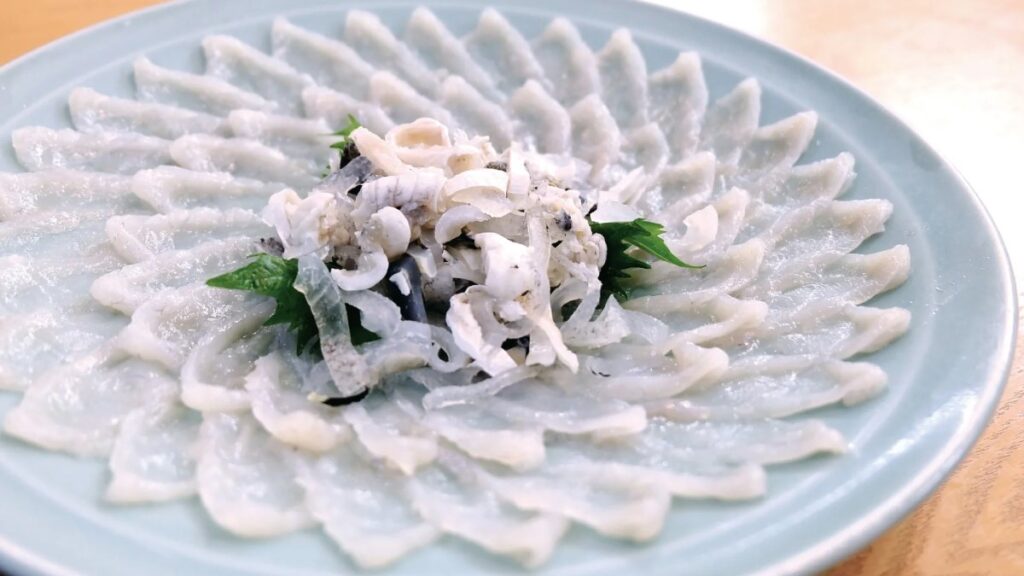
Fugu
Surely it sounds familiar to you because the also called puffer fish, one of the most expensive fish but also one of the most poisonous (if cooked wrong). That is why much importance is given to the method of preparation. It is considered a delicacy in Japan and, of the 38 species that exist, only 22 have been approved for consumption.
Genmai
It is an unrefined toasted brown rice widely used in Japanese cuisine, such as in teas, pastries, salads or rice omelets. As it has a stronger flavor and is less sticky than white rice, it is not used in sushi making.
Gohan
This is the name given to steamed rice, so often consumed in many Japanese dishes.
Gunkan
It is a type of sushi that is a bit similar to nigiri. To prepare it, the rice is molded by hand, making an oval ball and then with the nori you form a kind of bag or container where you put the rice ball plus the rest of the ingredients you want to add (roe, tuna, salmon, shrimp, wakame…).
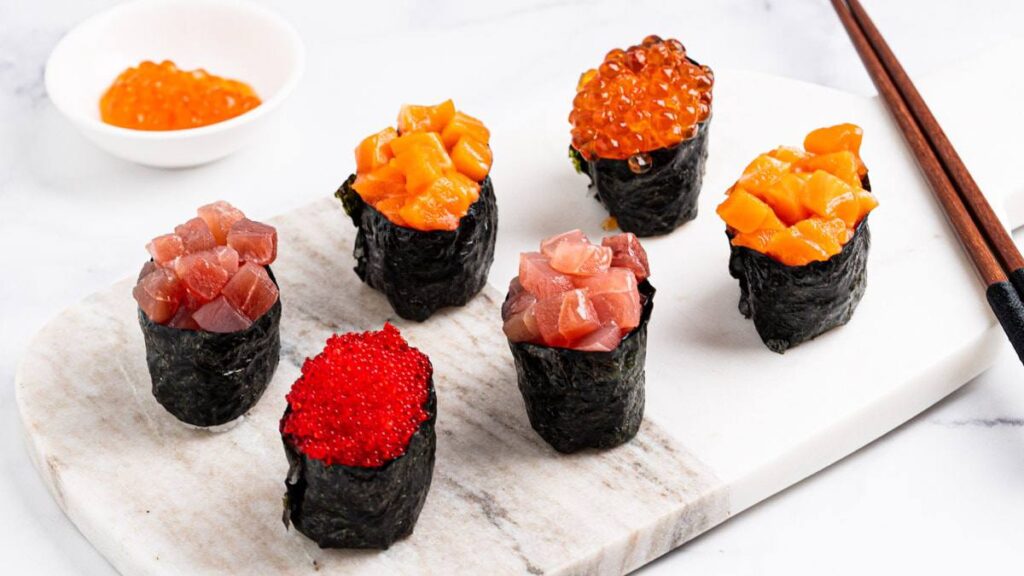
Gyoza
Who doesn’t know these typical dumplings that are usually filled with meat, vegetables or both. They are of Chinese origin, but very popular in Japanese cuisine, whether steamed, fried or added to a soup.
Hashi
They are the typical wooden chopsticks, but Japanese. They differ from traditional Chinese chopsticks because the Japanese chopsticks are usually shorter and have a sharper tip.
Itamae
In Japan, it refers to the chef, not just the one who prepares sushi.
Izakaya
It is a typical Japanese tavern. It is more informal and offers drinks, such as sake and beer, as well as a menu of varied dishes to share.
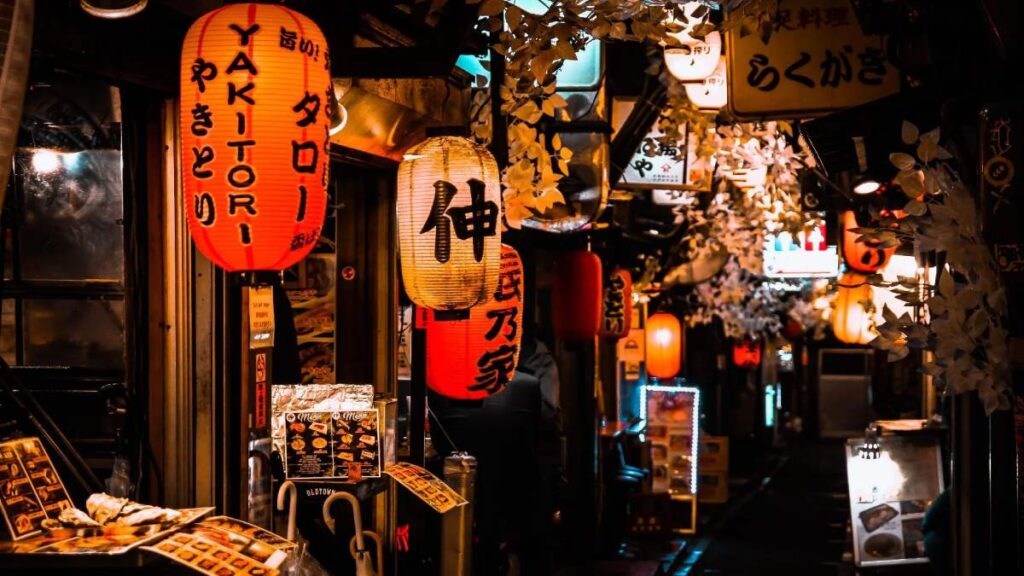
Joshinko
It is a fine rice flour used in sweet recipes such as Dango or to make the well-known mochis.
Kaiseki
It is a type of traditional cuisine, originated in Kyoto, and is usually composed of various ingredients and light dishes related to seasonality, but with a lot of flavor, besides being presented in a fine and sophisticated way. It is also related to the tea ceremony.
Kappo
This refers to another type of meal or ritual, halfway between the more refined kaiseki style and an informal izakaya. Here the menu is also composed of different dishes and the chef again has the initiative and creative freedom. The term means “cut and cook” and is a reflection of the closeness that is created between the diner and the chef, as he performs the entire ritual in front of the table.
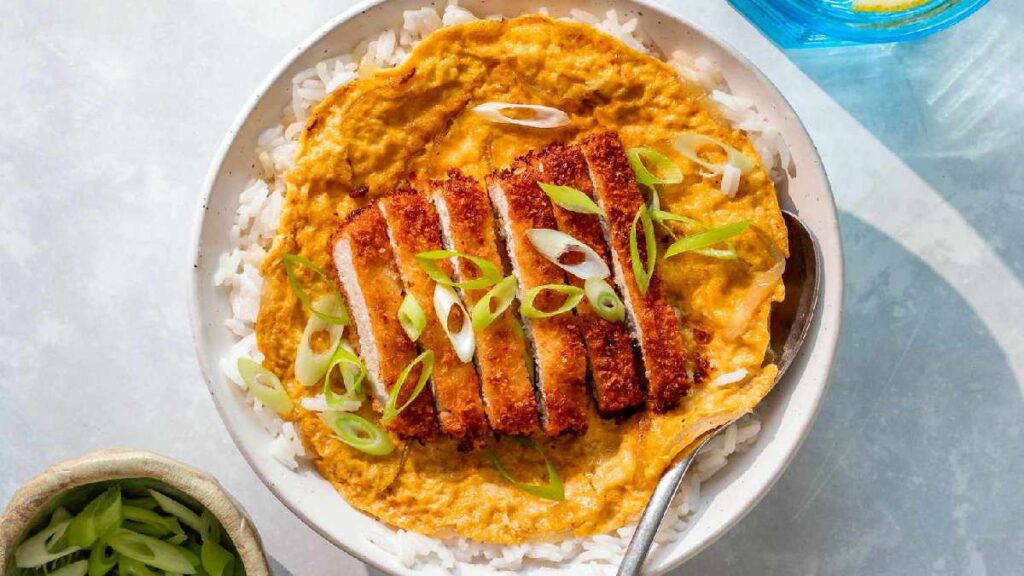
Katsudon
Another of the best known dishes of Japanese food. It is a rice bowl topped with a breaded pork chop, along with egg, vegetables and other seasonings. The word is formed from ‘tonkatsu’ (pork chop) and ‘donburi’ (rice bowl).
Maguro
This is how bluefin tuna is known in Japan, a fish widely consumed in Japanese gastronomy.
Maki
It is one of the most popular sushi items. They are rolls of nori seaweed that are filled with rice and, at the same time, they contain different ingredients such as fish, seafood, fruits or vegetables.
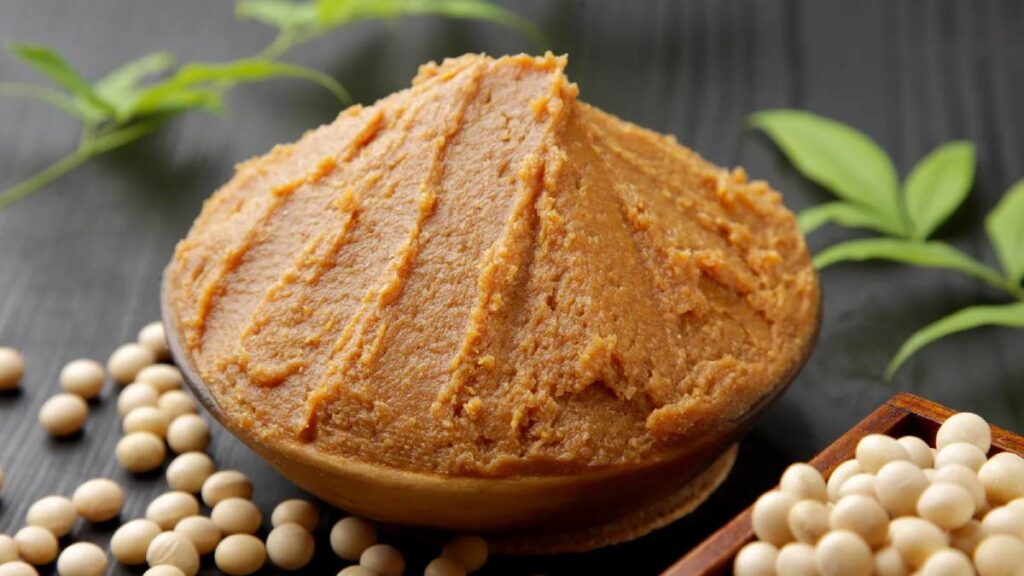
Miso
It is another of the most commonly used foods in Japanese cuisine, as in the miso soup recipe. It is a fermented paste of soybean sprouts to which rice or barley and salt are added. It is a dish with a high protein content.
Mochi
In this dictionary beyond sushi, one of the most typical sweets of Japanese cuisine cannot be included. This cake made with Japanese rice, has a very characteristic texture and sponginess. They are usually filled with different ingredients and steamed.
Nabemono
This is what stews are called in Japan. ‘Nabe’ means hot pot or “casserole”, while ‘mono’ means “things”. It would come to be something similar to the typical spoon dishes.
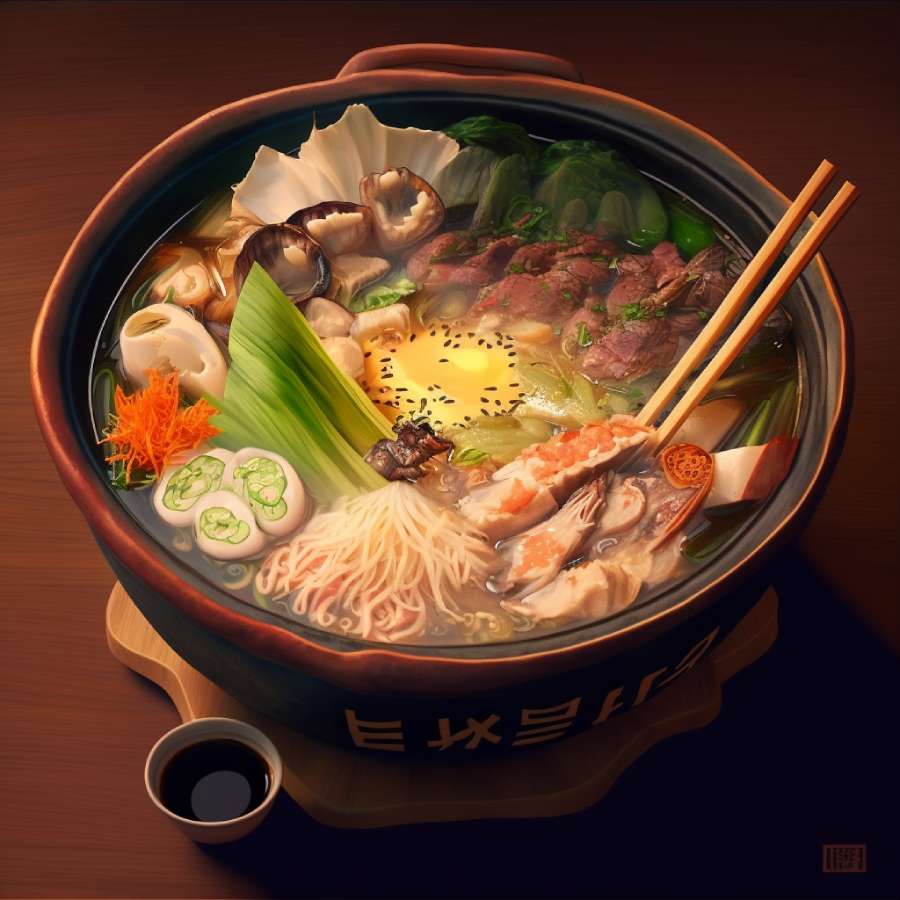
Nigiri
Another of the most popularized sushi concepts. On this occasion, a nigiri is an elongated ball of rice molded by hand on which is placed a piece of thinly sliced raw fish or other foods such as omelet. And it is not wrapped in nori seaweed (next term).
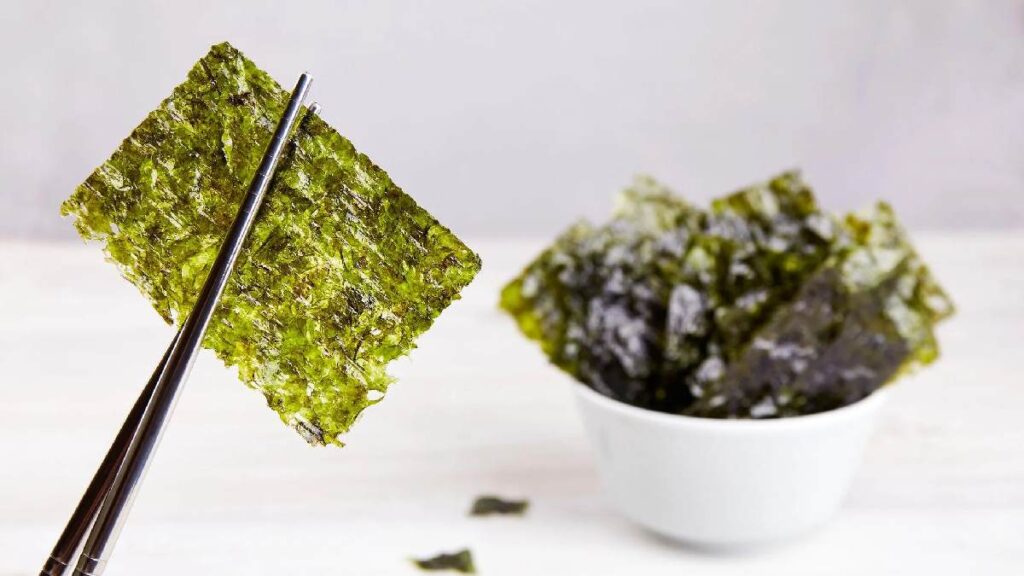
Nori
It is a Japanese term that refers to different types of edible seaweed. It is usually dehydrated and presented in the form of leaves to wrap maki or use as toast. It is also rich in protein and contains many vitamins and minerals.
Ocha
It literally means “tea”, one of the favorite beverages in Japan, especially Japanese green tea.
Omakase
This Japanese expression means something like “I leave it in your hands”. Translated to gastronomy, it is a very widespread concept if you are a fan of Japanese cuisine. Here the chef is given total freedom to prepare a tasting menu of his choice, in front of the diners -usually at the bar- and with the best quality products. Here you will find everything related to this ritual and its history.
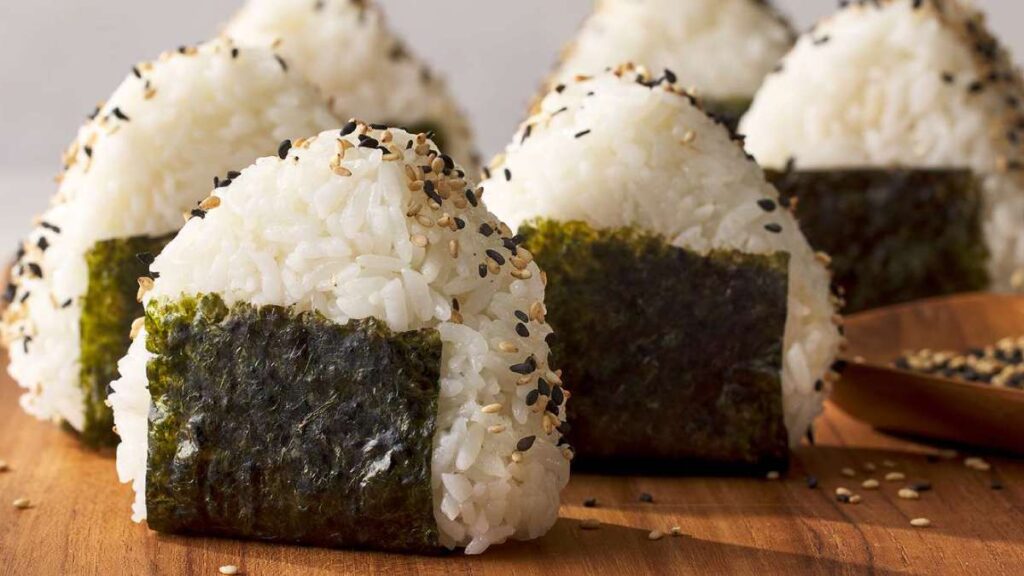
Onigiri
Another Japanese dish that is a rice ball, which is usually stuffed or mixed with ingredients such as fish. This time the shape is more triangular or pyramidal and sometimes includes a strip of nori seaweed on the bottom and some sides. It is also called omusubi.
Panko
It is Japanese breadcrumbs. It is made with bread crumbs or wheat flour, and is lighter and crunchier.
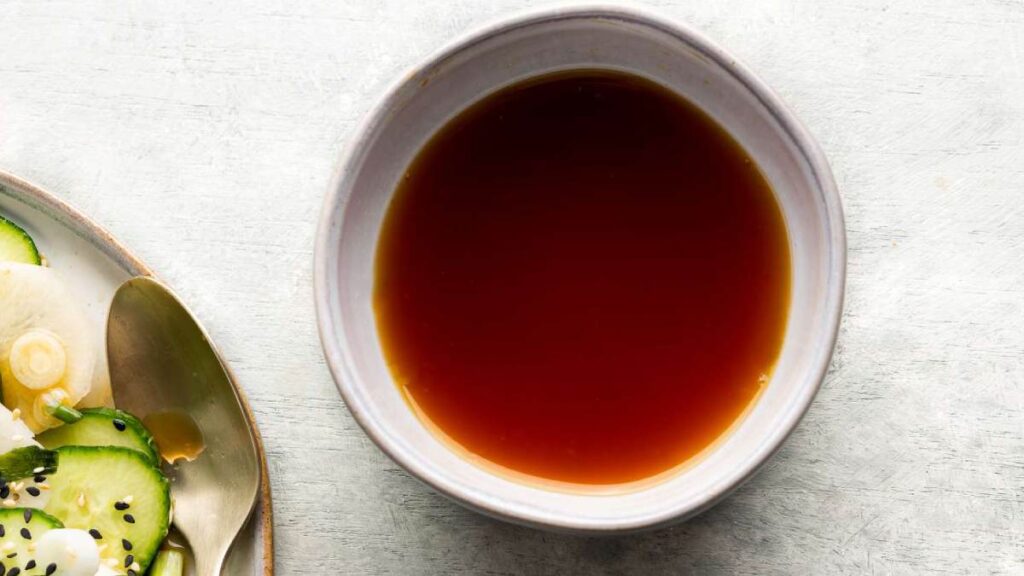
Ponzu
Another of the most popular sauces in Japanese cuisine. It is made with rice wine (mirin), rice vinegar (komezu), dried, fermented and smoked tuna shavings (katsuobushi). It can be used as a garnish for tataki or as a sauce for stewed dishes.
Ramen
This famous dish needs little introduction. Although it originated in China, when it arrived in Japan it became a delicacy. It is a noodle soup, prepared with a base of meat broth and served with a lot of ingredients: from seaweed to meat, fish, seafood, eggs, miso and the peculiar Narutomaki or Naruto. It is the typical white jagged figure with a drawing of a pink spiral, which is made with fish paste, which is usually kamaboko or surimi).
Sake
If tea is the most popular drink, sake is the liquor par excellence. It is the traditional Japanese liquor prepared from fermented rice. Actually, the term ‘sake’ refers to any alcoholic beverage in general.
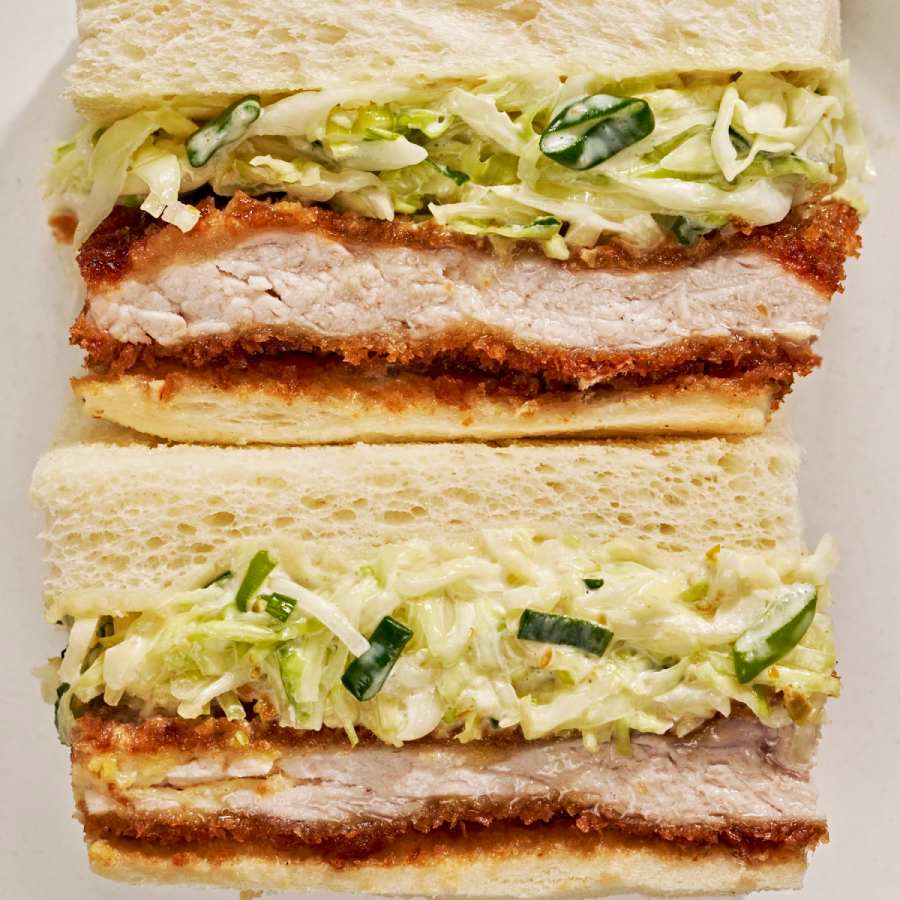
Sando
This is basically the same as a sandwich. If you’ve frequented Japanese joints, chances are you’ve heard of (and tried) the Katsu Sando, which is the breaded pork chop one of the favorites.
Sashimi
Although it is usually included in the world of sushi, sashimi is not. It is another of the best-known recipes in this Japanese dictionary and refers to a dish composed only of finely cut raw fish. It is usually accompanied with various sauces, but never with rice.
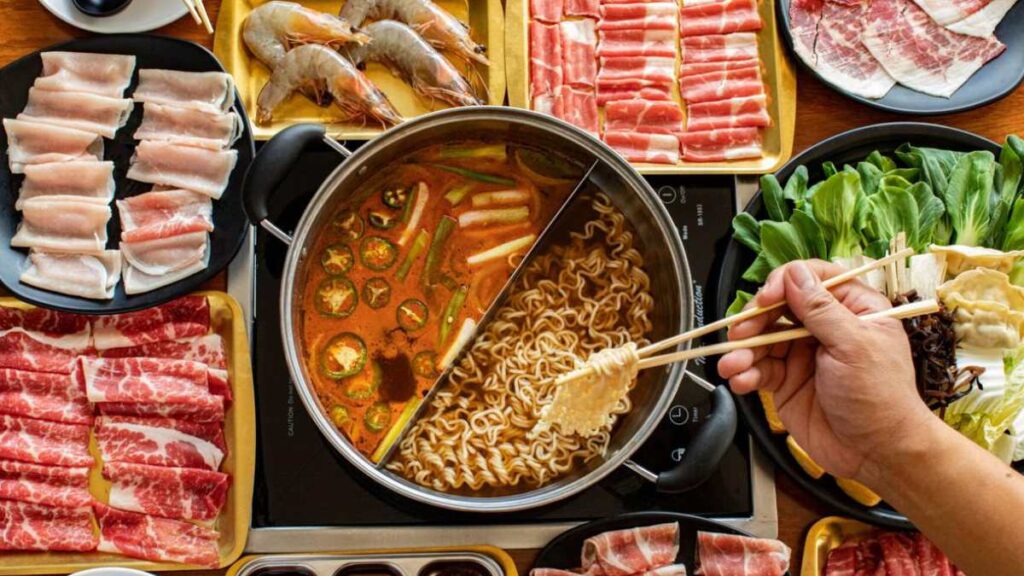
Shabu-shabu
Another dish derived from Chinese gastronomy. It is a variety of the popular hot pot. There is usually a large pot in the middle with boiling dashi broth, where meat, fish, vegetables and seaweed are cooked, all finely chopped.
Shari o Sumeshi
In this case it refers to the rice used to prepare sushi, which is obtained by mixing gohan with sushizu (vinegar dressing added to the rice),
Shiitake
It is the best known mushroom in Japanese gastronomy and one of the most consumed mushrooms in the world, just after the mushroom.
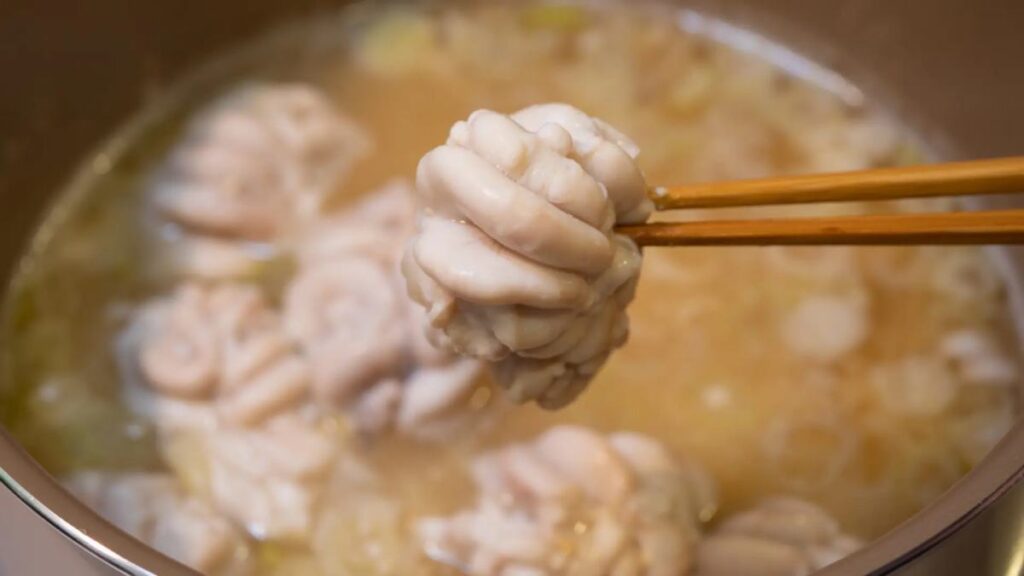
Shirako
It is one of the foods that attracts the most attention. Shirako is fish semen, usually from puffer fish or monkfish, and is considered a real culinary delicacy, as well as being relatively expensive. A year ago it went viral in Spain when Dabiz Muñoz showed it during one of his trips to Japan.
Shiso
It is a Japanese aromatic herb widely used in cooking. It is often referred to as ‘Japanese basil’ and has a mild minty, slightly more bitter taste. It is also sometimes used as a substitute for ginger, and is available in both green and red.
Shōyu
It is the Japanese name for the typical soy sauce.
Takoyaki
A very well known dish in Japanese cuisine. It is something like a kind of octopus croquette, made with wheat flour. Tako’ is octopus, while ‘yaki’ is grilled or fried.
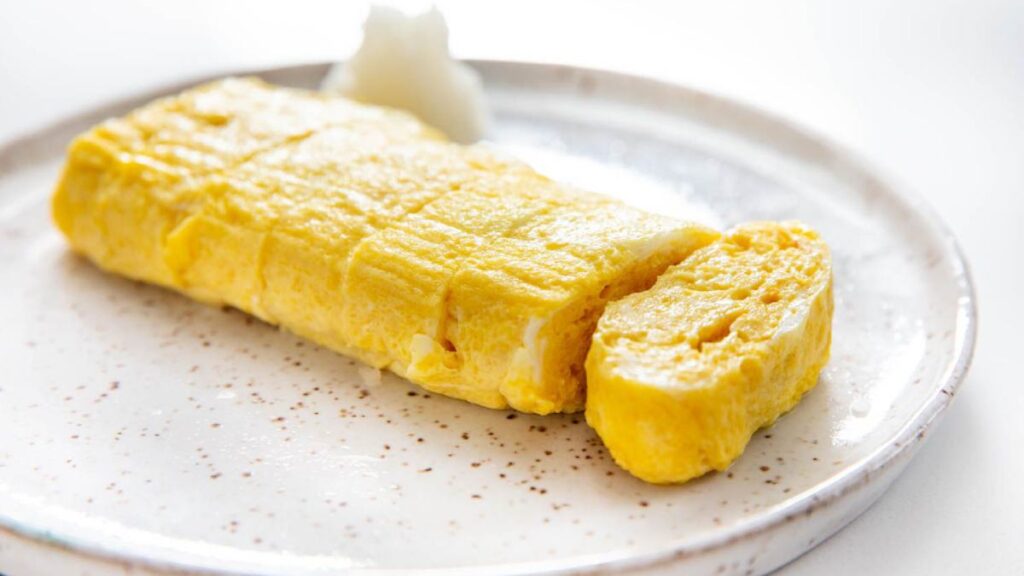
Tamagoyaki
It is a Japanese egg omelet that has a rolled shape.
Tataki
It refers to a technique for preparing fish or meat, which consists of cooking it lightly with a touch of fire (turning it golden brown on the outside but raw on the inside) and marinating it with a little vinegar and ground ginger, and serving it in filleted pieces. Surely you have heard of tuna tataki, the best known.
Temaki
Another type of sushi. This time a cone is formed with nori seaweed and filled with rice, fish and other ingredients.
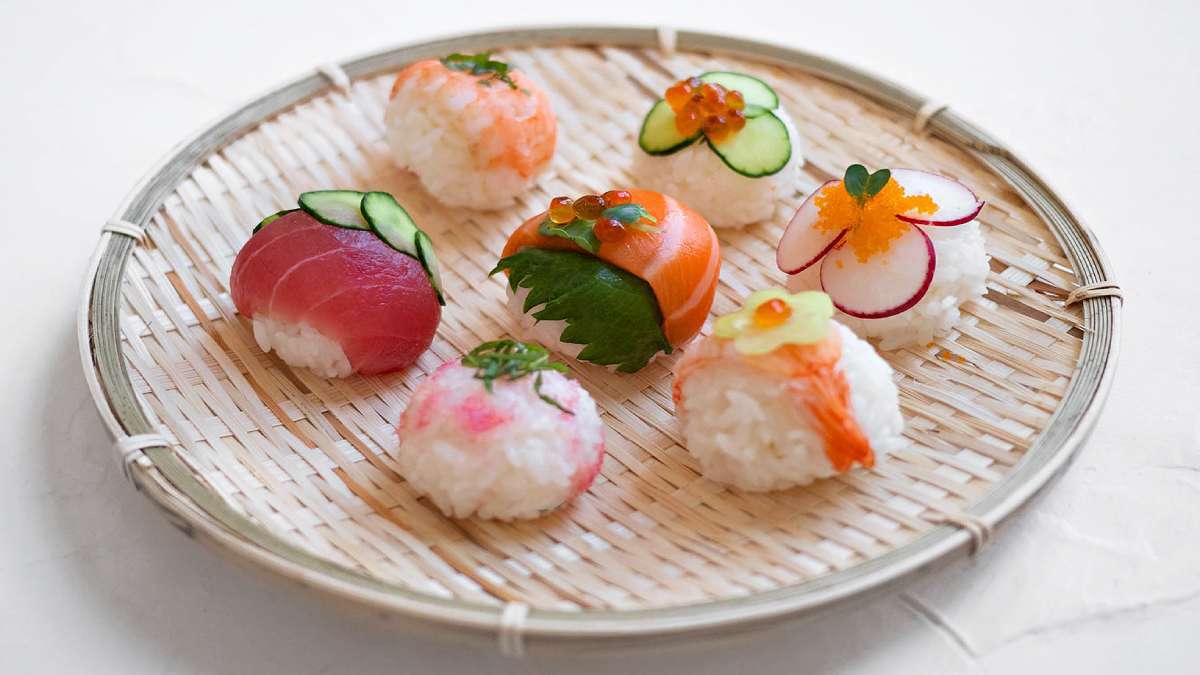
Temari
Although originally the word ‘temari’ refers to handmade balls made from scraps of cloth, which served as toys, in culinary terms it is another type of sushi. They are rice balls that are topped with flashy ingredients, always looking for an aesthetic and visual sense. It is often served at parties and gatherings of friends.
Teppanyaki
Refers to food that is cooked on a plate or griddle. They are usually thinly sliced beef or vegetables, which are enjoyed accompanied by sauces.
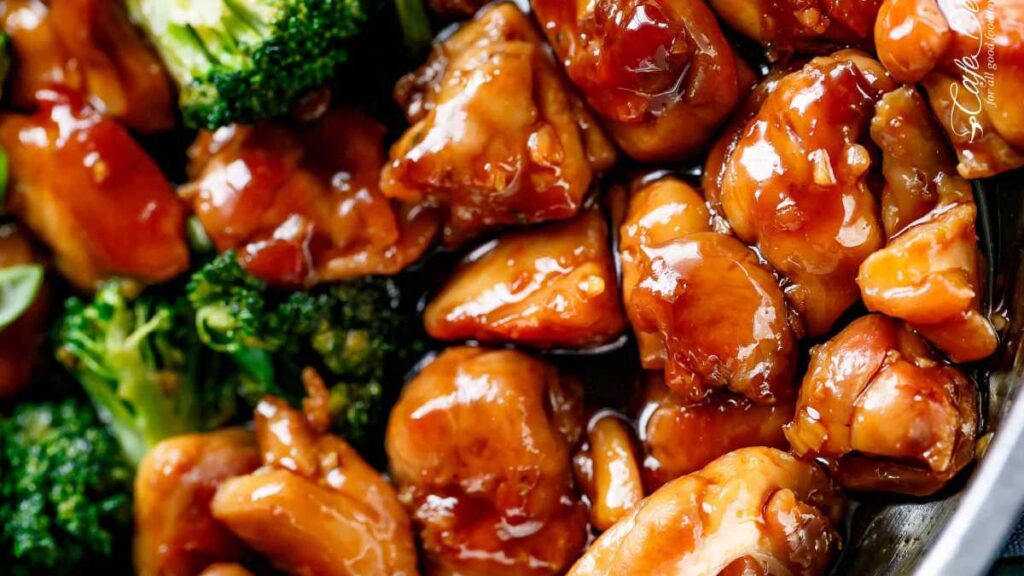
Teriyaki
This is another cooking technique that consists of marinating ingredients in a sweet sauce. For example, chicken teriyaki (or chicken teriyaki, as Rosalia would say) is a very tasty recipe in which the chicken is marinated in a sauce based on soy, mirin, sugar and sake or other alcohol, but can also include garlic, sesame or ginger.
Udon
Another very well known type of noodles. This time they are thick noodles made with wheat flour and water, whose texture is very soft. They are usually served sautéed and sometimes in some soups.
Umami
It is an adjective used to define that type of flavor that is delicious or tasty. Umai’ is delicious and ‘mi’ is flavor. It would be a taste different from sweet, sour, bitter and salty. The product that tastes umami par excellence is monosodium glutamate.
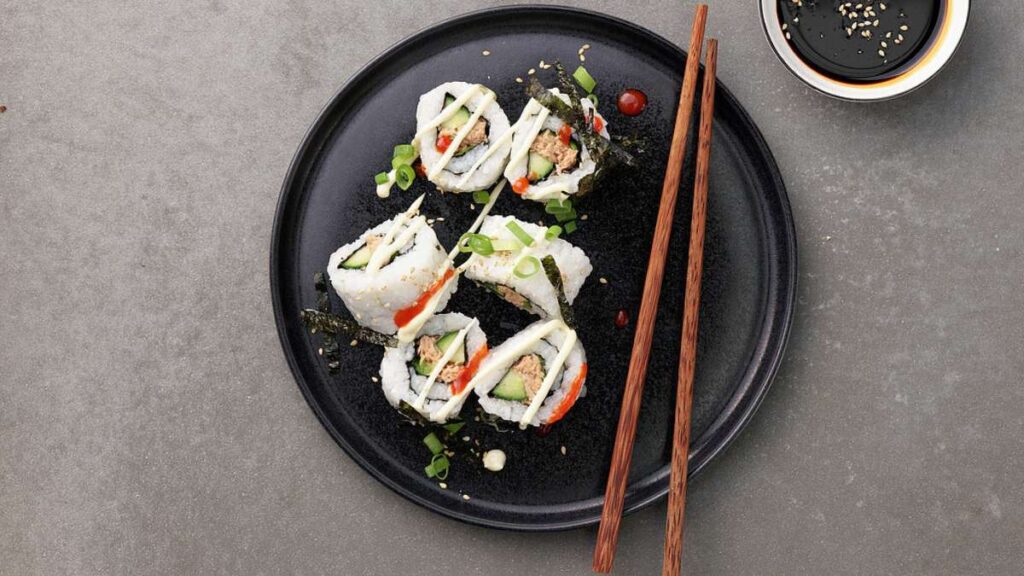
Uramaki
The uramaki is a type of maki, but upside down. In fact ‘ura’ means upside down. In this dish the rice is on the outside, inside it has the rest of the ingredients and in the central core is the nori seaweed (just the opposite of maki).
Wagyū
Wagyū beef comes from four breeds of cattle native to Japan. It is considered one of the best meats in the world, which is also why its price is quite high. Within Wagyū would be Kobe beef, as a subcategory, since it comes from the Tajima breed, which is raised in the Hyogo area.
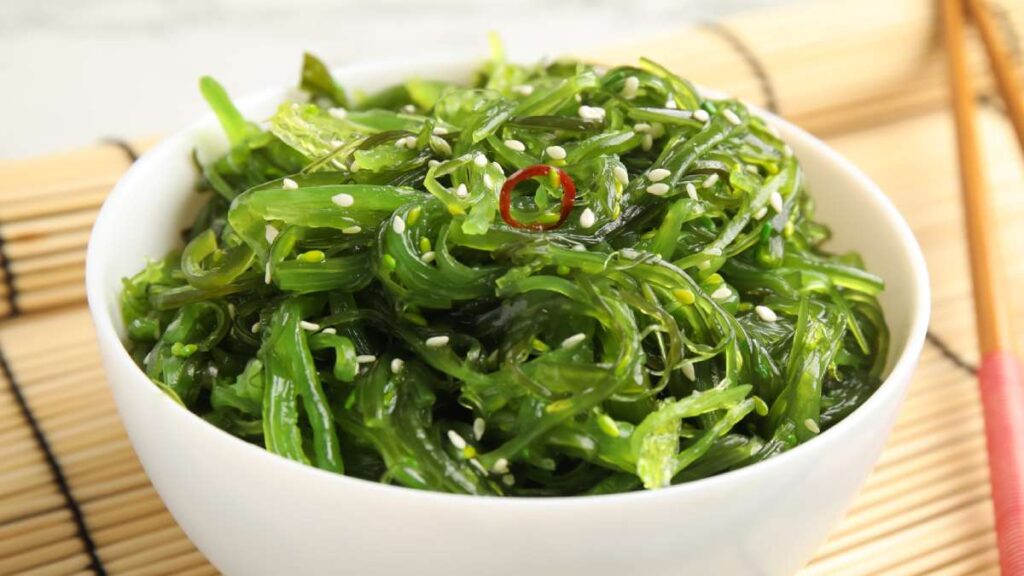
Wakame
Another popular seaweed present in many Japanese recipes. Besides being very nutritious, it is also healthy. It has a dark color and can be served fresh or dried and is included in dishes such as soups, rice or pasta, as well as salads.
Wasabi
Another of the most emblematic ingredients of Japanese food. This kind of green sauce is one of the most respected for its level of spiciness, hence it is eaten in very small quantities. It is extracted from the root of the plant of the same name, although what is usually served in restaurants is a substitute made with Japanese horseradish paste and green dye.
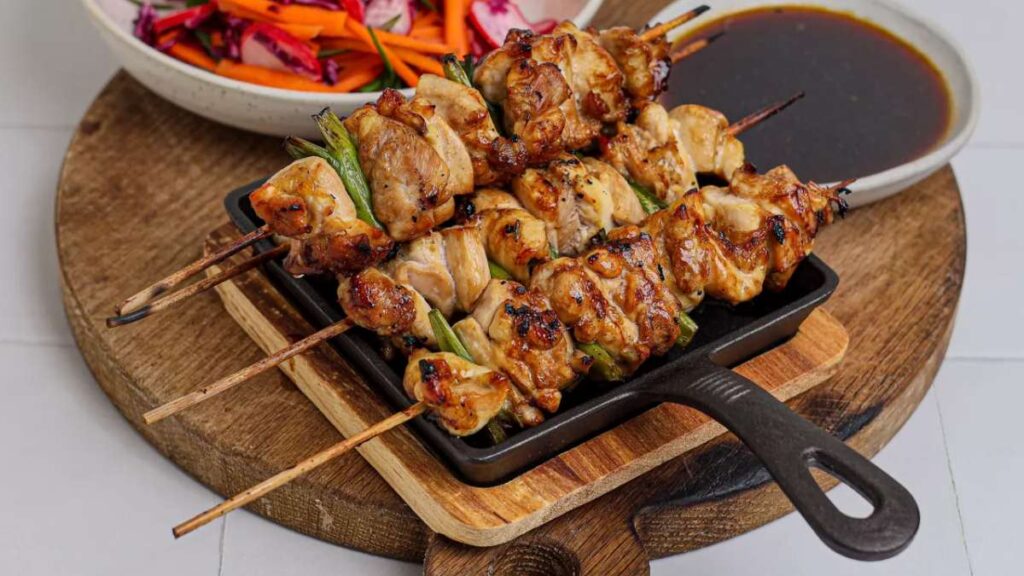
Yakitori
Another term that you may be familiar with in this dictionary of Japanese gastronomy (beyond sushi). It is the typical skewered chicken and vegetables, usually dipped in soy sauce. Literally ‘yakitori’ means ‘grilled bird’.
Yamakazi
Yamazaki is the oldest whisky distillery in Japan. Although sake is the quintessential alcoholic beverage in Japan and whiskey is associated with Scotland, Japanese whiskey is increasingly prestigious and Yamakazi is the most iconic.
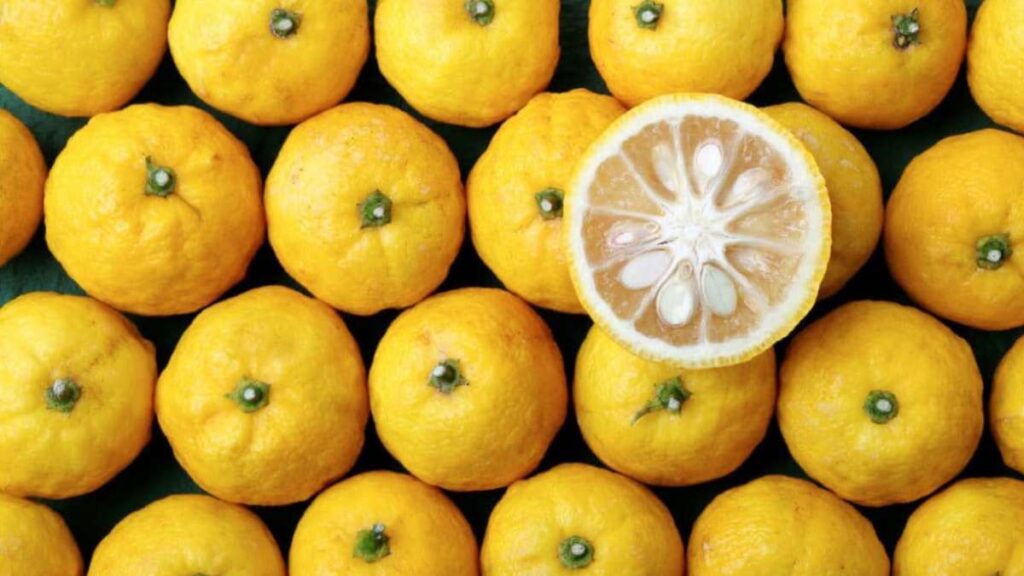
Yuzu
It is the Japanese citrus par excellence. In appearance it can be assimilated to a lemon or lime. In this case, it has a very thick skin and many pips inside, so it does not contain too much juice. What is really used in cooking is the peel, either grated or powdered, it becomes a spice to enhance flavors, prepare sauces and complement many dishes.
Zensai
These are the appetizers served at the beginning of a meal consisting of a snack, first and second course, plus dessert.

